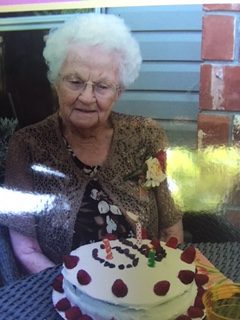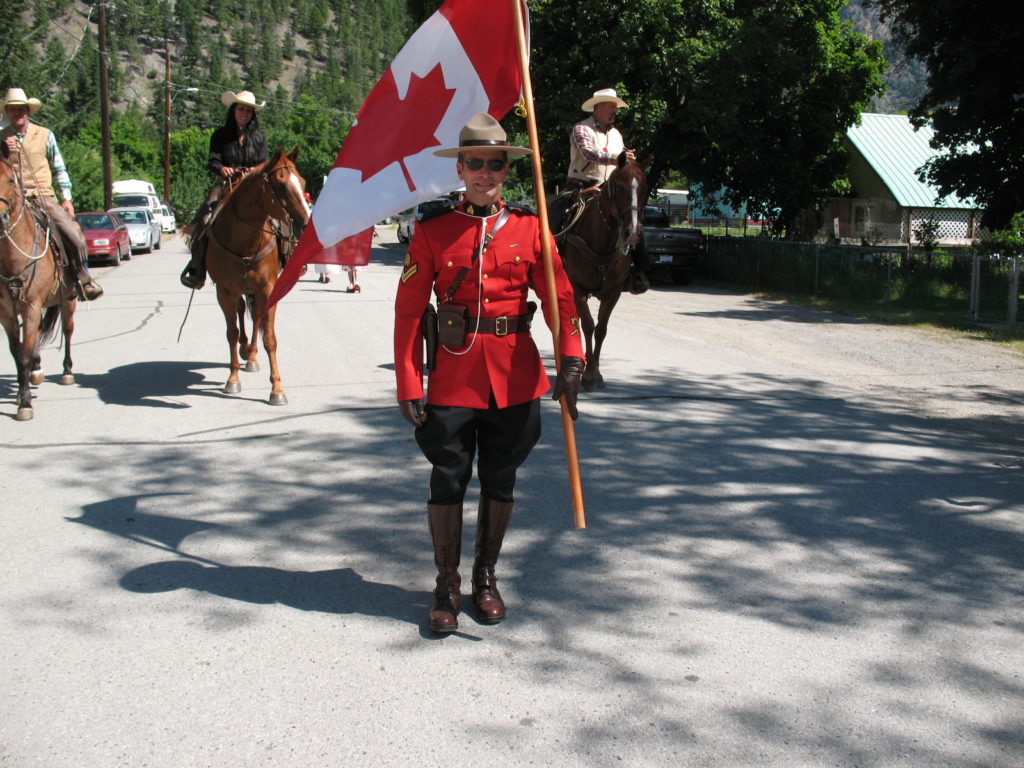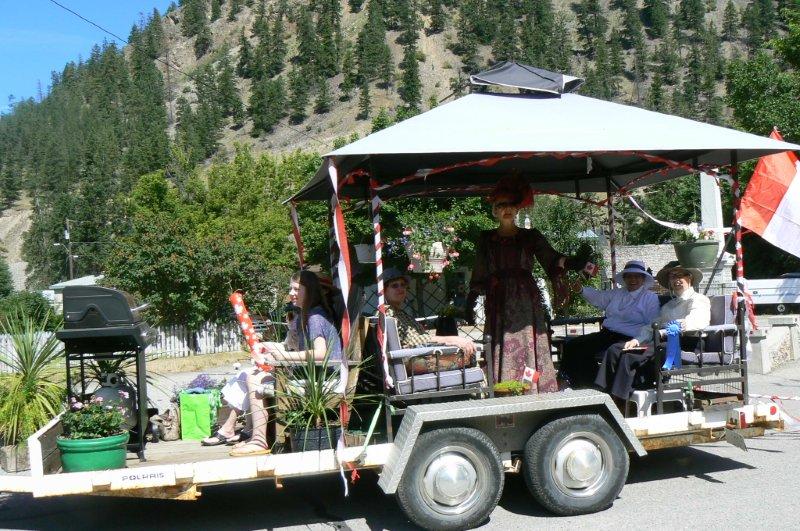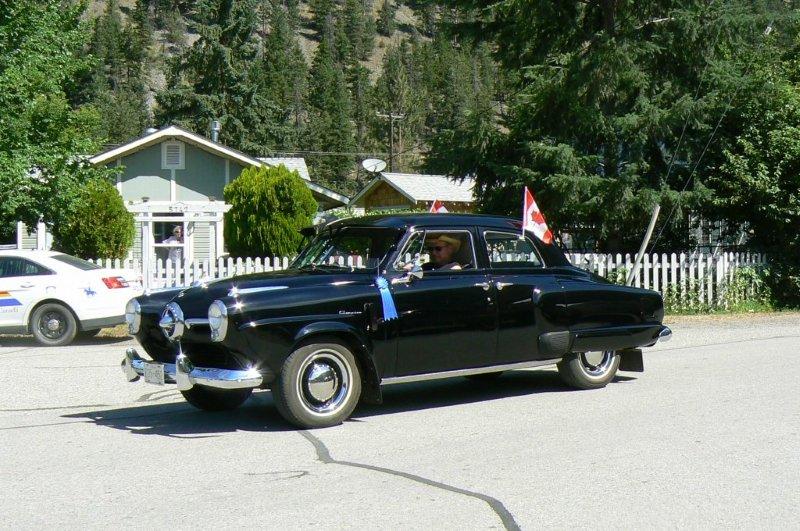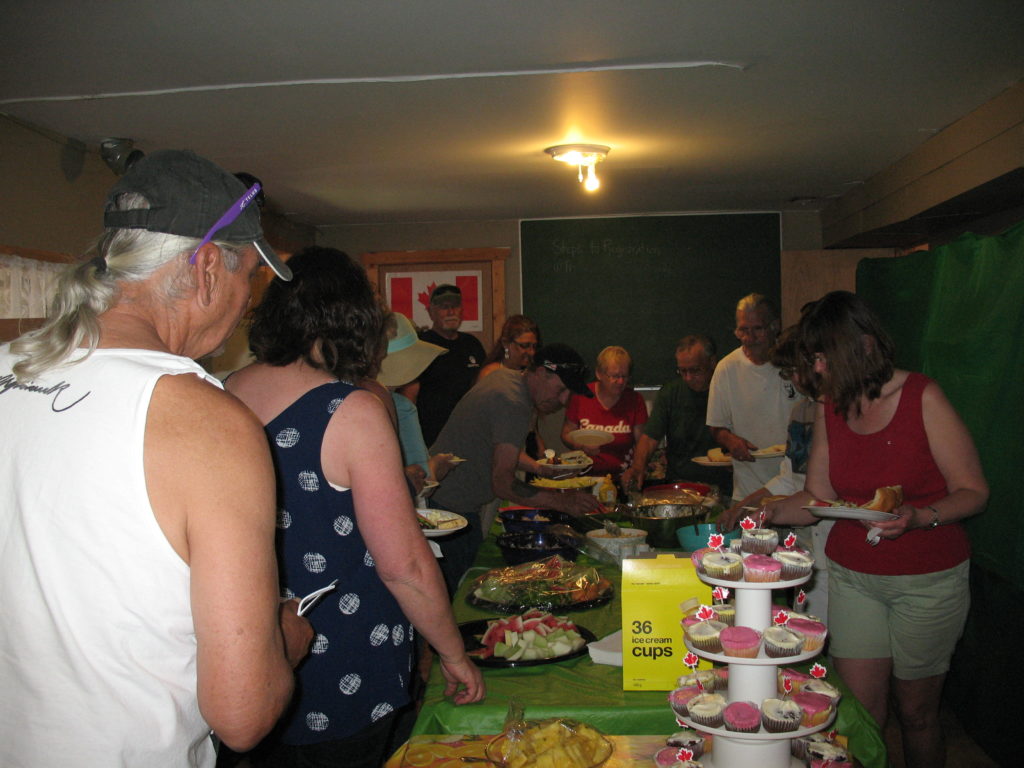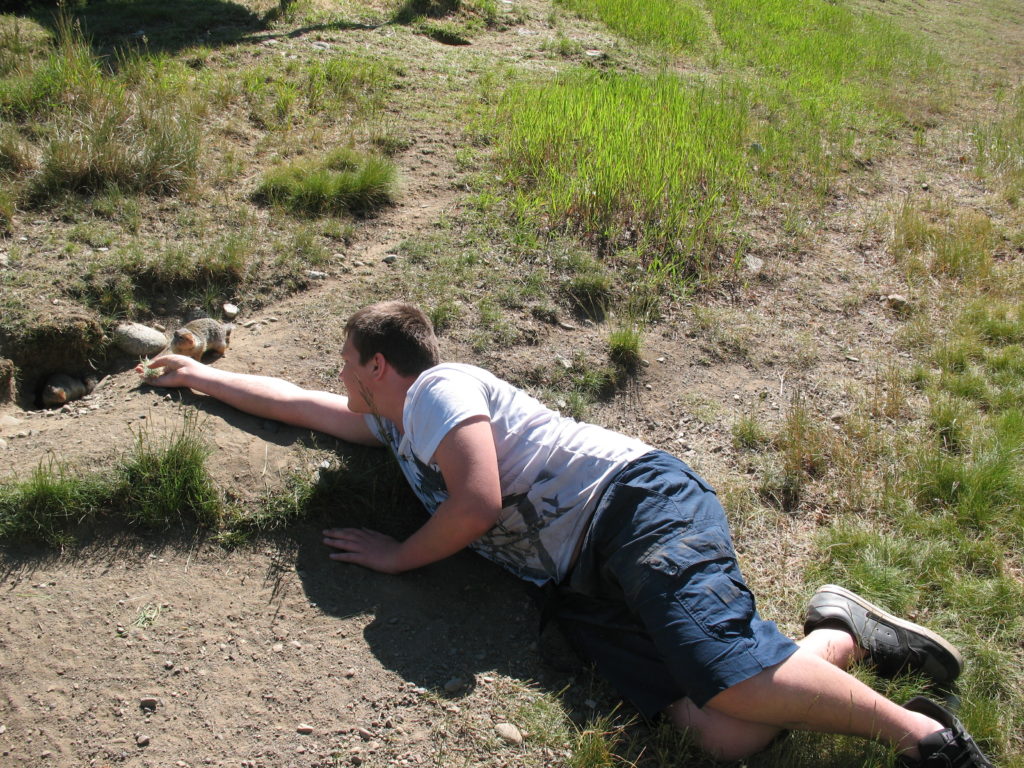
“I know the name of every person represented by a white cross along the highway,” Tim Roberts told Linda and me last week. As a paramedic, he has been called to the scene of numerous tragic accidents in the Similkameen Valley. When he arrived at our home, he was wearing a uniform representing Community Paramedicine, a new service being offered to local citizens.
Tim and I came to know each other when we worked together in a program for emotionally disturbed youths at the One Way Adventure Foundation in Hedley. After that our paths intersected only occasionally. I was interested in hearing how life circumstances had prepared him for his current challenging role.
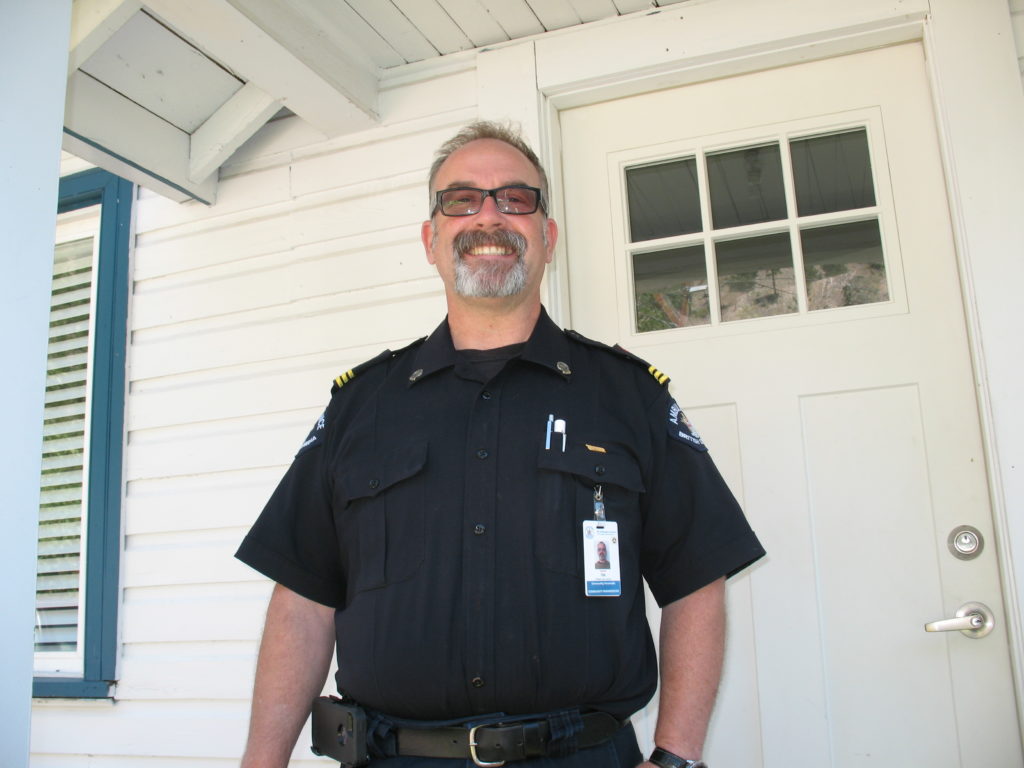
“The work in Hedley gave me an opportunity to acquire leadership experience and a better understanding of people,” he said. “By observing one administrator, I learned about management. From a program coordinator I learned about developing relationships. When I made mistakes, I tried to not repeat them. In 1990 I married Vera and at age 26 I became administrator of the organization’s Ashnola Campus, now the site of Ashnola Crossing. I ran a residential program for 10 young probationers. I wanted staff to become involved with our students and help them learn to make wise choices.” Making appropriate choices would become a theme for him in later assignments.
“When the government discontinued that program,” he said “we provided activities for groups seeking wilderness adventure and experience. Vera was head wrangler.”
While they developed new strategies to remain financially afloat, Tim worked nights as a custodian for the Keremeos school district. Then, back at the Camp, after a few hours sleep he would rise early to help in the kitchen. Tim and Vera did facility upgrading, including painting. They cleaned toilets and did whatever was required.
After several years of unstinting commitment and effort on their part, the organization leaders decided the Ashnola Campus must be sold. By then the school district knew of Tim’s experience in working with youth and invited him to apply to become a behavioral counselor. “I did sessions on substance abuse and making smart choices. I confessed I at one time had a 2 pack a day cigarette habit. By choosing to butt out, I was able to save enough money so Vera and I could go to Fiji for our honeymoon. I wanted them to understand often there are alternative more beneficial choices.”
Now Unit Head with the Keremeos Ambulance Service, Tim is enthusiastic about the Community Paramedicine program recently introduced in both Keremeos and Princeton. “With an aging population,” he observed, “our medical system needs to deal with more chronic health issues. The Paramedicine program helps people of all ages better self manage their health and stay in their home longer.”
I asked Tim how the new system works. “My partner, Tom Robins and I are each assigned to the program 2 days a week,” he said. “A doctor or community nurse can assign a person to us. If the individual has foot problems, we can arrange an appointment with a specialist in this field.” He paused, then added, “if it’s a falling issue, we check for proper banisters, electrical cords on the floor, poor lighting, carpeted floors, shuffling due to inappropriate slippers.”
Tim emphasized they don’t tell the individual what to do. “We inquire about their health goals. If we think diet may be an issue, we don’t tell them what to eat. We ask if they would eat other foods if this didn’t entail additional expense. We can refer them to a dietitian. We have great resources in the Similkameen valley.”
Tim’s voice and facial expressions conveyed his enthusiasm for the potential benefits of the program. “In the past I challenged youths to examine their life choices,” he said. “In this program we invite people to examine their health and lifestyle choices. The program reduces financial stress on our medical system by dealing with issues before they become serious. Most important, it offers people the possibility of better health and greater enjoyment of life at any time, including the senior years.”
I sensed in Tim a compelling desire to help people live more complete lives. It seems built into his marrow. As a regular paramedic, there will still be white crosses. In Community Paramedicine, he can help people extend their lives.
For a referral to this program, consult your family doctor or other health care professional.



